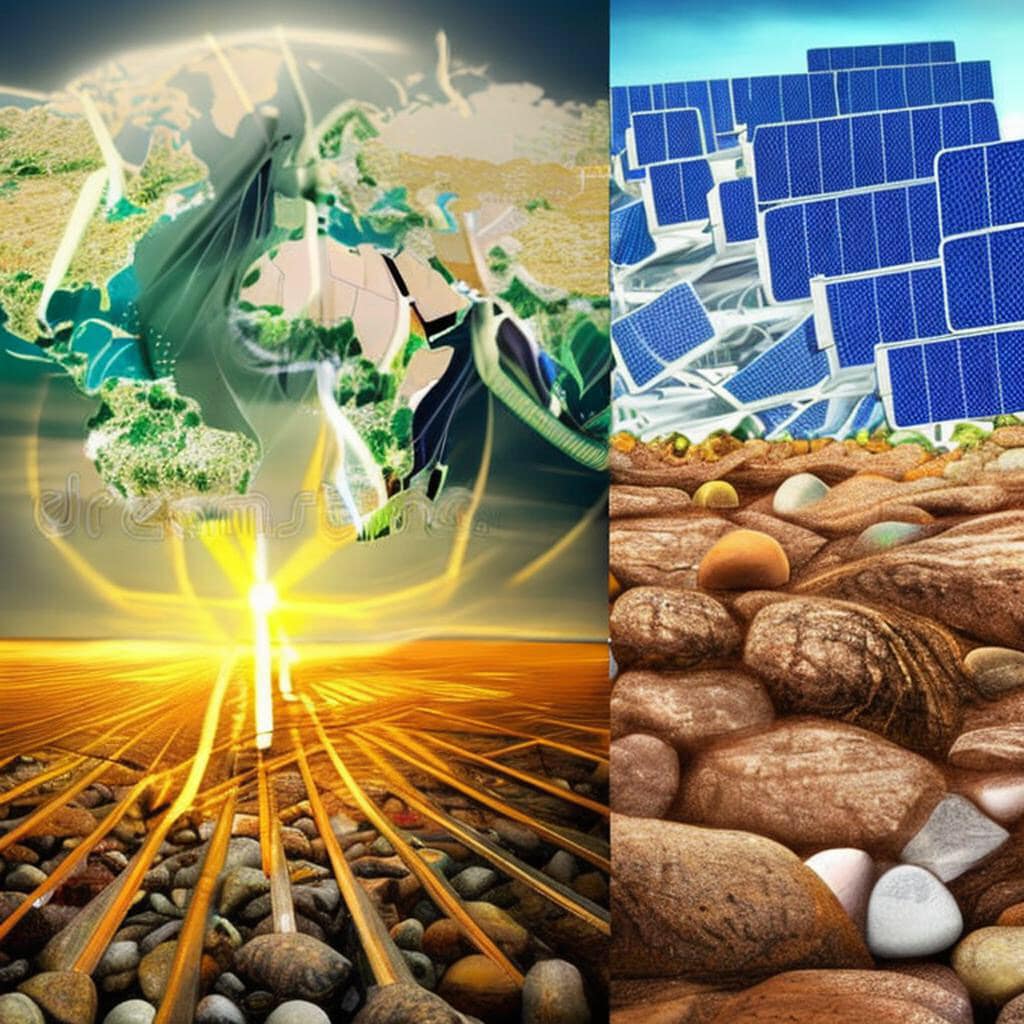The Greatest sources of energy on Earth
What are the greatest sources of energy on earth? The greatest sources of energy on Earth are:
Solar Energy
The Sun is the ultimate source of energy for most forms of life on Earth. Solar energy can be harnessed through solar panels and other technologies to generate electricity and provide heating and cooling.
Fossil Fuels
Fossil fuels such as coal, oil, and natural gas are currently the most widely used sources of energy worldwide. These fuels are formed from ancient plant and animal remains and are burned to generate electricity and power vehicles.
Nuclear Energy
Nuclear power plants generate electricity by splitting atoms of uranium or other radioactive materials. This process releases a large amount of energy, which is used to produce steam that drives turbines to generate electricity.
Hydro Power
Hydroelectric power is generated by harnessing the energy of falling or flowing water, such as in dams or hydroelectric plants. This technology is widely used for generating electricity in many parts of the world.
Wind Power
Wind turbines convert the kinetic energy of wind into electricity, and are increasingly used in many parts of the world as a renewable source of energy.
Geothermal Energy
Geothermal energy is generated by harnessing the heat energy from the Earth’s core. This energy can be used for heating and cooling, as well as for generating electricity.
Biomass
Biomass is a renewable energy source that is derived from organic matter such as wood, crops, and waste. This material can be burned to generate heat or electricity.
The mix of energy sources used varies greatly by region and country, and is influenced by factors such as availability, cost, and environmental concerns.
Other sources of energy beside the sun
If we exclude the Sun as a source of energy, the other sources of energy on Earth can be categorized into two main types based on their origin: renewable and non-renewable.
Renewable sources of energy, such as wind, hydro, geothermal, and biomass, are replenished over time and are considered sustainable. Non-renewable sources of energy, such as fossil fuels and nuclear energy, are finite and will eventually be depleted.
In terms of the potential energy they contain, the non-renewable sources of energy are typically much more powerful than the renewable sources. For example, the energy density of fossil fuels such as oil and coal is much higher than that of wind or solar power. However, the environmental impact of non-renewable sources of energy can be significant, as they often produce greenhouse gases and other pollutants.
Ultimately, the choice of energy source depends on a variety of factors, including availability, cost, environmental impact, and technological feasibility. Many countries and organizations are working to transition to more sustainable and renewable sources of energy, in order to reduce greenhouse gas emissions and mitigate the impacts of climate change.

Shop Corner
sources of energy on Amazon
Thank you for questions, shares and comments!
Share your thoughts or questions in the comments below!
Source OpenAI’s GPT language models, Fleeky, MIB, & Picsart






